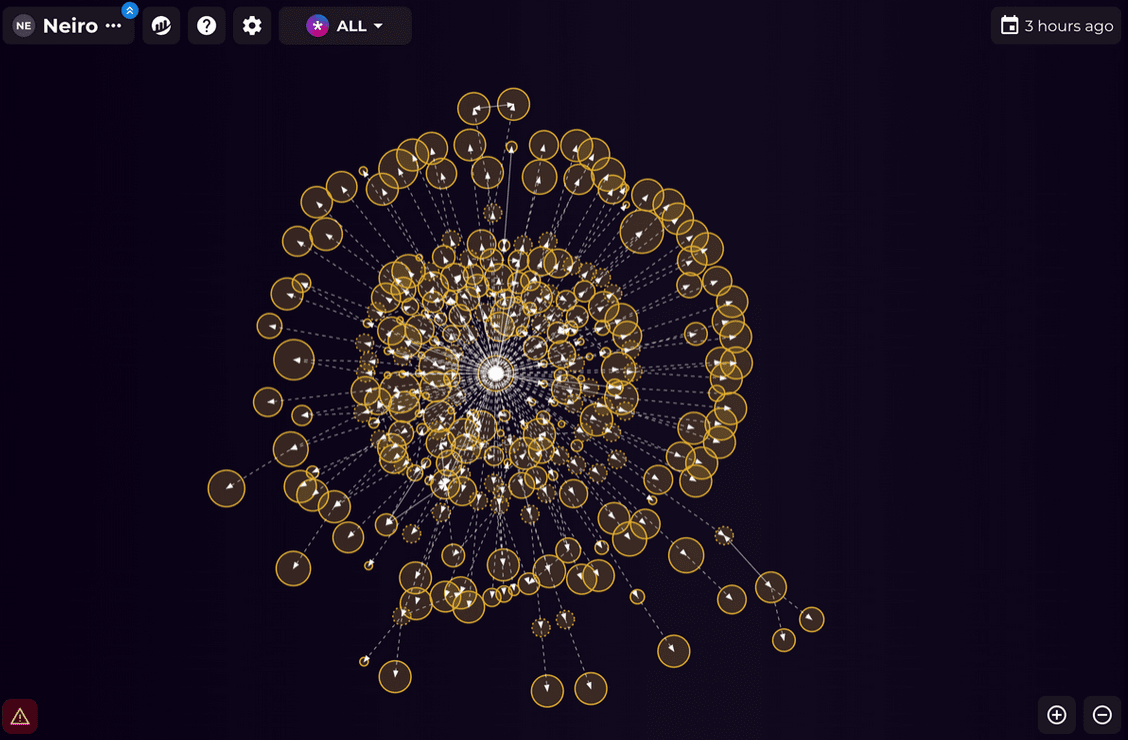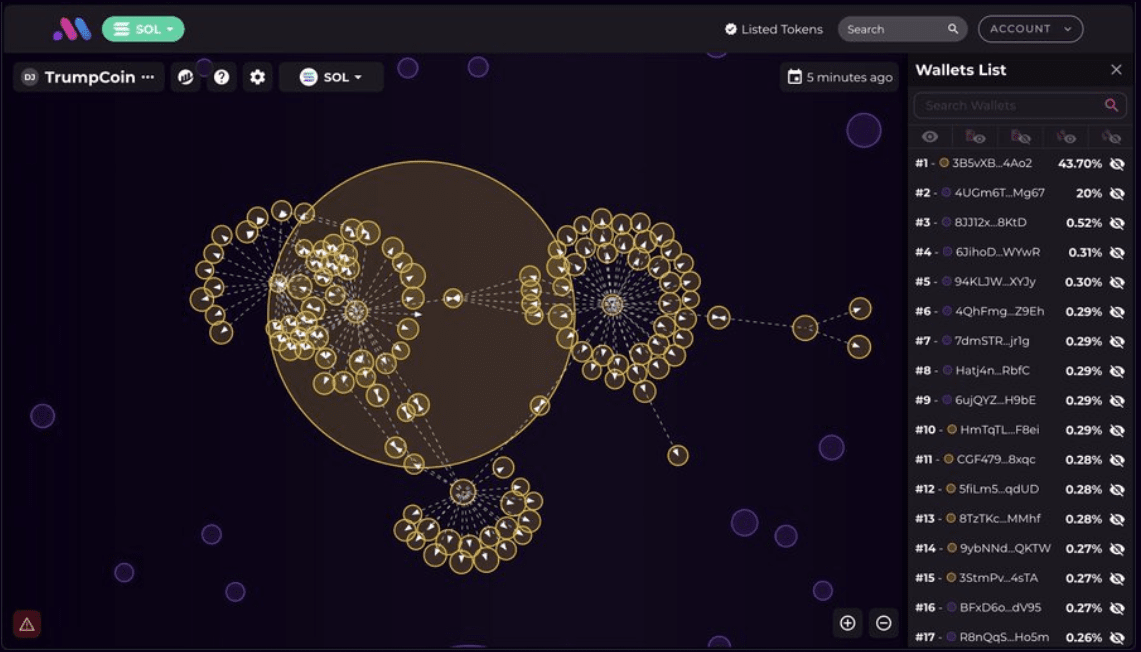Meme coins are becoming the hottest investment target this quarter, with a market cap of $59 billion; according to CoinMarketCap data, they have surged 3600% in just one year. These tokens gain massive attention through viral spread and social media hype, yielding extremely high returns. However, behind the excitement lie many risks that new investors cannot see, the most significant of which is the centralization issue, where a few wallets control a large number of tokens.
This concentration may lead to price manipulation, sudden liquidity depletion, or even project exit scams, often at the expense of retail investors. Recognizing these risks, exchanges like Bitget are raising token listing standards, requiring legal and technical reviews to filter high-risk projects. Binance co-founder He Yi also emphasized in a recent tweet that no token can be listed without going through a rigorous screening process, highlighting the growing demand for transparency in the market.

The launch of Pump.fun in January 2024 has made creating Meme coins unprecedentedly simple, allowing for token issuance with zero-cost setup in just 30 seconds. In less than a year, Pump.fun has launched over 2.86 million tokens to the market, with 27,661 new tokens added in the past 24 hours, accumulating $167.7 million in fee revenue, and a trading volume of $1.87 billion in the past 14 days.
However, the key issue is that among the 27,661 tokens released today, only 396 met the graduation standard, with a success rate of merely 1.4%. Graduation means the token's market capitalization exceeds $69,000 and $12,000 liquidity is deposited into Raydium before burning. Such a high number of tokens and low success rate lead many projects to opt for the simple path of manipulating prices through internal wallets, ultimately causing prices to plummet suddenly or completely abandon, leaving retail investors to pick up the pieces.
@Bubblemaps.io The newly launched $BMT token is exactly to address these issues. Through visual token distribution analysis, #Bubblemaps helps investors identify early warning signs and indications of centralized control. Some tokens have over 60% of their supply concentrated in a few wallets, allowing insiders to fully control prices and liquidity. Key Opinion Leaders (KOLs) often hold large shares of the tokens they promote, influencing prices while giving the projects a façade of legitimacy. Excessive trading between wallets, although traceable through standard blockchain explorers, lacks intuitive wallet connections or visual representations of token concentration.
Centralized control brings seven key risks. First is the pump-and-dump scheme, with the @IDOsolme project being a typical example. Since August 2023, the IDOSol team has been releasing new tokens daily, repeating the same pattern: each token's supply is initially dispersed across about 150 addresses, with the team controlling about 60%; within 24 hours of release, insiders execute coordinated sell-offs, quickly selling off holdings and depleting liquidity; after each sell-off, the team deletes Twitter accounts to evade responsibility.
Whale manipulation is equally dangerous; in the $DJT project, a single cluster holds 67% of the token supply, with 46% held by one person or group. AxJcErA5 sent $DJT to 140 wallets, dispersing the tokens across 140 wallets to create the illusion of strong trading activity and high demand.
Exit scams and developer abandonment are the most destructive risks for retail investors; in the $GINNAN project, four major wallets seized 80% of the token supply at launch, dispersing holdings across more than 280 addresses to create a false appearance while insiders gradually sold $2.5 million worth of tokens while still holding 65% of the total supply.
Risks driven by celebrities and influencers are more severe; the $WAP token promoted by Cardi B had 60% of its supply bundled in wallet clusters from the start, attempting to obscure bundling activities by transferring tokens to new addresses. Wash trading and artificial trading volumes are artificially inflated by controlling coordinated trading between wallets; in the $MCDULL project, insiders seized 100% of the token supply and can manipulate the numbers at will.
Centralization issues have transcended the realm of Meme coins, extending into DeFi core areas such as stablecoins, staking pools, and decentralized exchanges. The two major stablecoin issuers, USDT and USDC, control about 89% of the stablecoin market, with a total value of approximately $155.2 billion. Following Ethereum's shift to proof of stake, Lido manages around $24.528 billion in TVL, while Binance stakes ETH at about $3.944 billion in TVL.

Bubblemaps reveals token distribution and wallet activity patterns missed by traditional browsers through a visual approach, where each bubble represents a wallet, size indicates holding amounts, and color coding shows token clusters. Investors can visualize token distribution, detect suspicious activities, and track wallet historical changes.
$SPX6900 serves as a decentralized positive example worth noting; upon release, 94% of its supply directly added to liquidity, with the remaining 6% burned, and by September 2023, no single cluster held more than 13.6%.
Transparency provides a competitive advantage for investors. By accessing Bubblemaps.io, users can search for tokens, select blockchain networks, analyze wallet clusters, detect patterns, and simplify complex data into easy-to-read visual charts, helping investors quickly assess the true distribution of tokens and make informed decisions. In a market filled with uncertainty, let the $BMT ecosystem be your most reliable investment protection tool.

